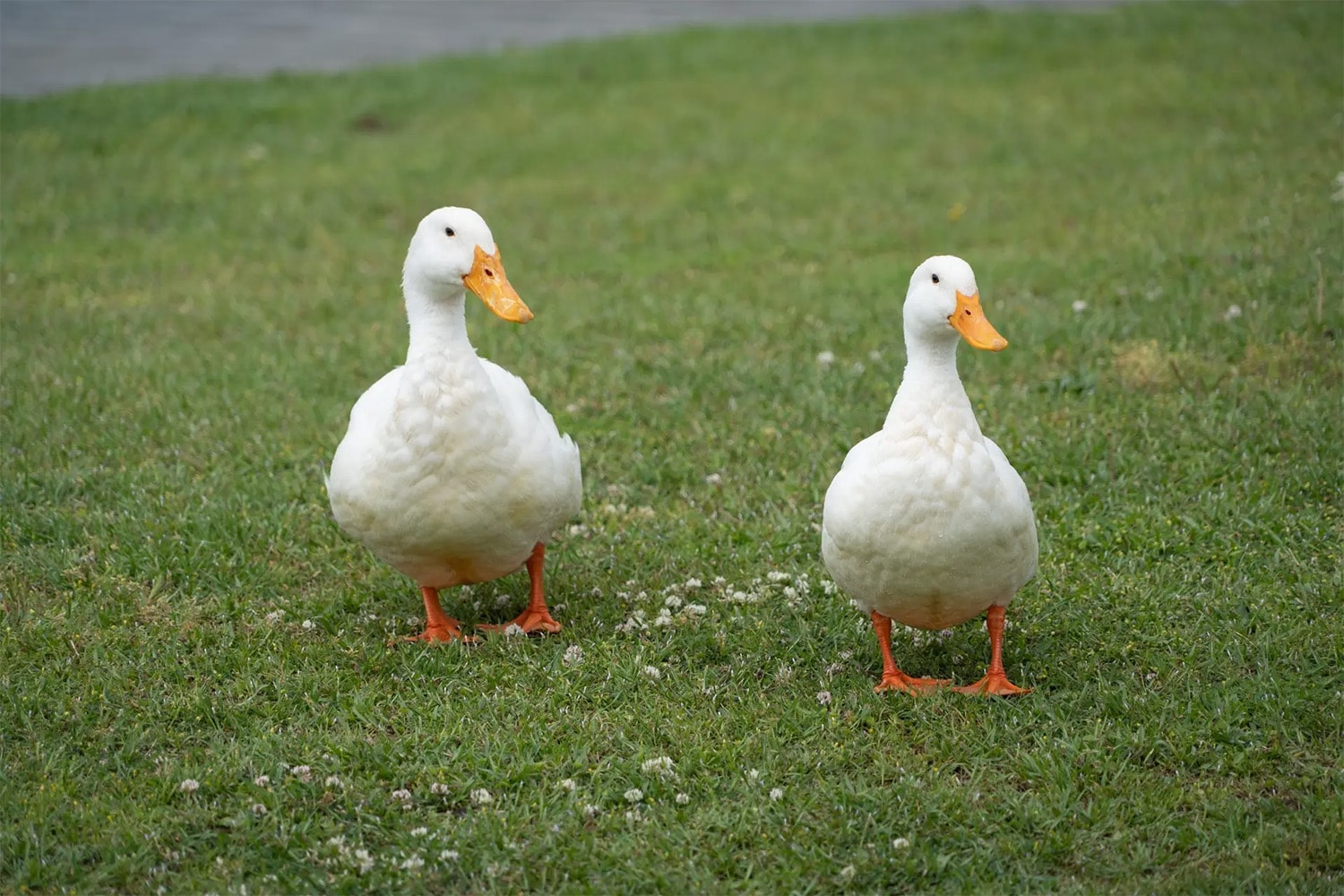
35 interesting facts about ducks
- 👁️ 316
Ducks are among the most recognizable and beloved waterfowl, found in both wild and domestic settings around the world. With their distinctive waddle and quack, ducks have captivated people’s interest for centuries, appearing in folk tales, children’s stories, and as popular pets. Beyond their cultural significance, ducks play essential roles in ecosystems, contributing to aquatic health and serving as indicators of environmental change. They exhibit fascinating behaviors and adaptations that allow them to thrive in a variety of habitats. Here are 35 interesting and informative facts about ducks that highlight their diversity, biology, and the unique characteristics that make them such intriguing animals.
- Ducks belong to the family Anatidae, which also includes swans and geese.
- There are over 120 species of ducks found worldwide.
- Ducks have a cosmopolitan distribution, living in every continent except Antarctica.
- Many duck species are migratory, traveling hundreds or thousands of miles between breeding and wintering grounds.
- Ducks are omnivorous, feeding on a diet of aquatic plants, insects, and small fish.
- The male duck is called a drake, the female is a hen, and a baby duck is known as a duckling.
- Mallards are one of the most common and recognizable duck species globally.
- Ducks have waterproof feathers due to a special oil produced by a gland near their tails, which they spread over their feathers.
- The quack of a duck does echo, contrary to a popular myth.
- Ducks have highly developed vision, allowing them to see in full color.
- Some duck species, like the wood duck, nest in trees, while others nest on the ground.
- The average lifespan of a wild duck is about 5 to 10 years, though some species live longer.
- Ducks have three eyelids, including one that is transparent and helps protect their eyes underwater.
- Female ducks can have different quacks, which may vary depending on their level of stress or alertness.
- The fastest duck ever recorded was a red-breasted merganser that flew at 100 mph (161 km/h) during a flight.
- Ducklings are born with a soft, downy covering and can walk and swim shortly after hatching.
- Ducks are social animals that often form large flocks, especially during migration.
- The Mandarin duck, native to East Asia, is considered one of the world’s most beautiful ducks due to its vibrant colors.
- Ducks play a significant role in controlling insect populations, including mosquitoes.
- Duck feet are webbed, aiding in their efficient movement through water.
- Some species of ducks, like the harlequin duck, navigate fast-moving rivers and can dive underwater to feed.
- Domesticated ducks are descended primarily from the mallard and the Muscovy duck.
- The practice of duck farming for eggs, meat, and down feathers is widespread in many parts of the world.
- Unlike many birds, ducks can sleep with one eye open, keeping half their brain awake for potential threats.
- The term “sitting duck” originates from hunting and describes an easy target.
- Ducks have a unique skeletal structure that allows them to float, including lighter bones and air sacs within their bodies.
- The call of a duck varies widely among species; not all ducks “quack.”
- Ducklings imprint on their mother shortly after hatching, a process that helps them recognize and follow her.
- The “rubber duck,” a popular bath toy, was inducted into the Toy Hall of Fame in 2013.
- In certain cultures, ducks are symbols of happiness and fidelity.
- Ducks have been featured in various forms of art, literature, and cartoons, with Donald Duck being one of the most famous ducks.
- Some duck species can hybridize, producing offspring with characteristics of both parent species.
- Ducks use a variety of habitats, including freshwater lakes, marshes, rivers, and coastal estuaries.
- The ability of ducks to adapt to different environments has allowed several species to thrive in urban areas.
- Conservation efforts are in place for several duck species that face threats from habitat loss, pollution, and hunting.
Ducks are fascinating creatures that exhibit a wide range of behaviors, adaptations, and ecological roles. From their diverse diets and migration patterns to their importance in folklore and popular culture, ducks continue to intrigue and delight people around the world. Understanding more about these birds can deepen our appreciation for biodiversity and the need to protect natural habitats. Ducks remind us of the beauty and complexity of the natural world, offering endless opportunities for discovery and conservation.
Ducks are among the most recognizable and beloved waterfowl, found in both wild and domestic settings around the world. With their distinctive waddle and quack, ducks have captivated people’s interest for centuries, appearing in folk tales, children’s stories, and as popular pets. Beyond their cultural significance, ducks play essential roles…